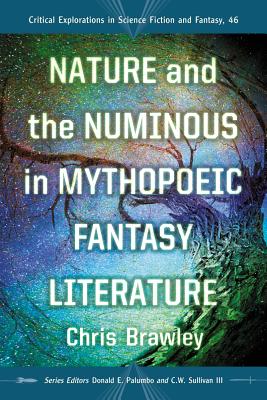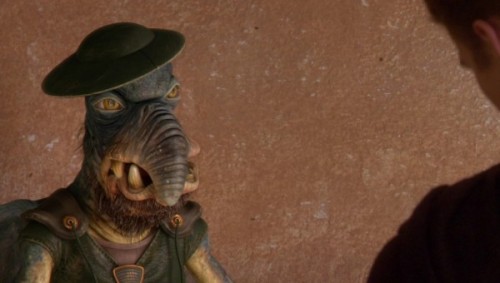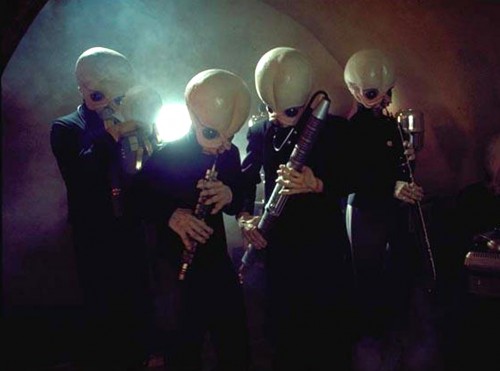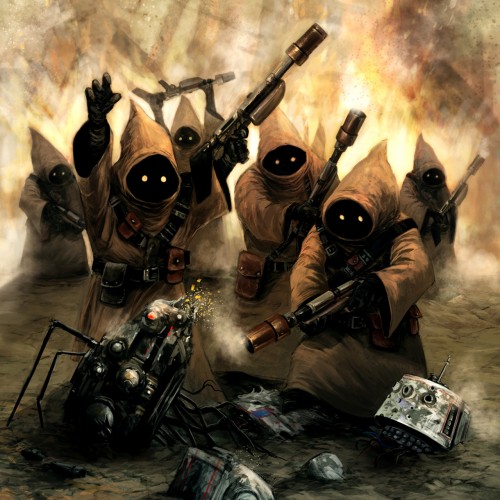While working on a draft for a story set in the Ancient Lands for while now, I’ve still been struggling to come up with plots that really embody the themes I have in mind for the world and evoke the style of other works that greatly inspired me. In situations like these I always find it very helpful to get back to the very basics and make a list of the works I want to emulate, and then try to find what elements they all share in common. And it did help quite a lot this time as well. Looking at Star Wars, Indiana Jones, Metal Gear Solid, and various wuxia stories, I noticed that they all share the trait of having a kind of separate and hidden community of heroes and villains who share knowledge of things mostly unknown to the rest of the world.
It’s made the most explicit in the wuxia genre in the form of the Wulin, the “community of kung-fu”. In most wuxia tales all the masters of kung-fu know each other, either personally or by reputation, and tales of their deeds spread quickly among all practitioners of the secret arts. Regular people know of this hidden world, but they know very little of what’s going on inside it, the alliances and rivalries inside it, the exact nature of the supernatural arts, and the special traditions and customs these people observe. Something very similar is found in Star Wars with the world of the Force that includes the Jedi and the Sith, but also the Witches of Dathomir, the Sorcerers of Thund, and many other minor groups. In Metal Gear Solid you have this crazy world of super-powered super-spies, which really is very similar to the whole superhero genre. While not made explict but still present, there is a similar exclusive community in the Indiana Jones movies which includes Indy, Marion, Beloq, Mola Raam, and all those Nazi leaders. In the Witcher stories there seem to be something similar going on with most sorcerers, witchers, and alchemists being in complex web of relationships that covers all the Northern Kingdoms. Another great example are the roleplaying games of the World of Darkness, where it is spelled out explicitly right in the name. It’s a whole different world that geographically overlaps with everyday life and occasionally interacts with it, but for the most part remains hidden from normal people. Which is just as everyone involves prefers it.
When working on outlines for Ancient Lands stories, I most often end up with a generic monster or haunted ruin piece that frankly even bore me. How is it going to entertain anyone else when even I don’t feel really excited about it? I occasionally considered approaching new ideas for stories as Star Wars fan fiction and then just moving them over into the Ancient Lands. But I think many of my very early ideas for the world already provide a solid foundation that can easily be expanded into such a community of the supernatural which would make that step unnecessary. A special World of Magic and Monsters. The Druids were conceived that way from the very beginning. Not an actual organization with hierarchies and headquarters, but an informal association of shamans and witches who keep each other informed about what they hear about sorcerers and demons. Going a level higher there already exists an implicit community of witches, priests, monster hunters, and treasure seekers. While their goals are different, the knowledge they come across and have use for is often the same. And it makes perfect sense that those who explore ruins of the Ancients have close connections to shamans or monster slayers.
I would not go so far and make it as explicit as the Wulin in wuxia, or as clearly separated from normal society as the World of Darkness, with strict laws and traditions. That would seem inappropriate given the wild and disorganized nature of the world as a whole. But I like the idea of part of the world running by special rules and relationships that you really can only learn about if you are initiated into this community. You may know that a neighbor used to be a monster hunter and now he’s just another old man tending a small garden, but when he gets visited by mysterious strangers nobody really knows what kind of things they might be talking about all night behind his door. I also really like the idea of everyone knowing everyone and no antagonist being a random stranger. It always makes the world feel much more alive and connected and also supports the idea of a world where everything is decentralized and governed by personal connections.




